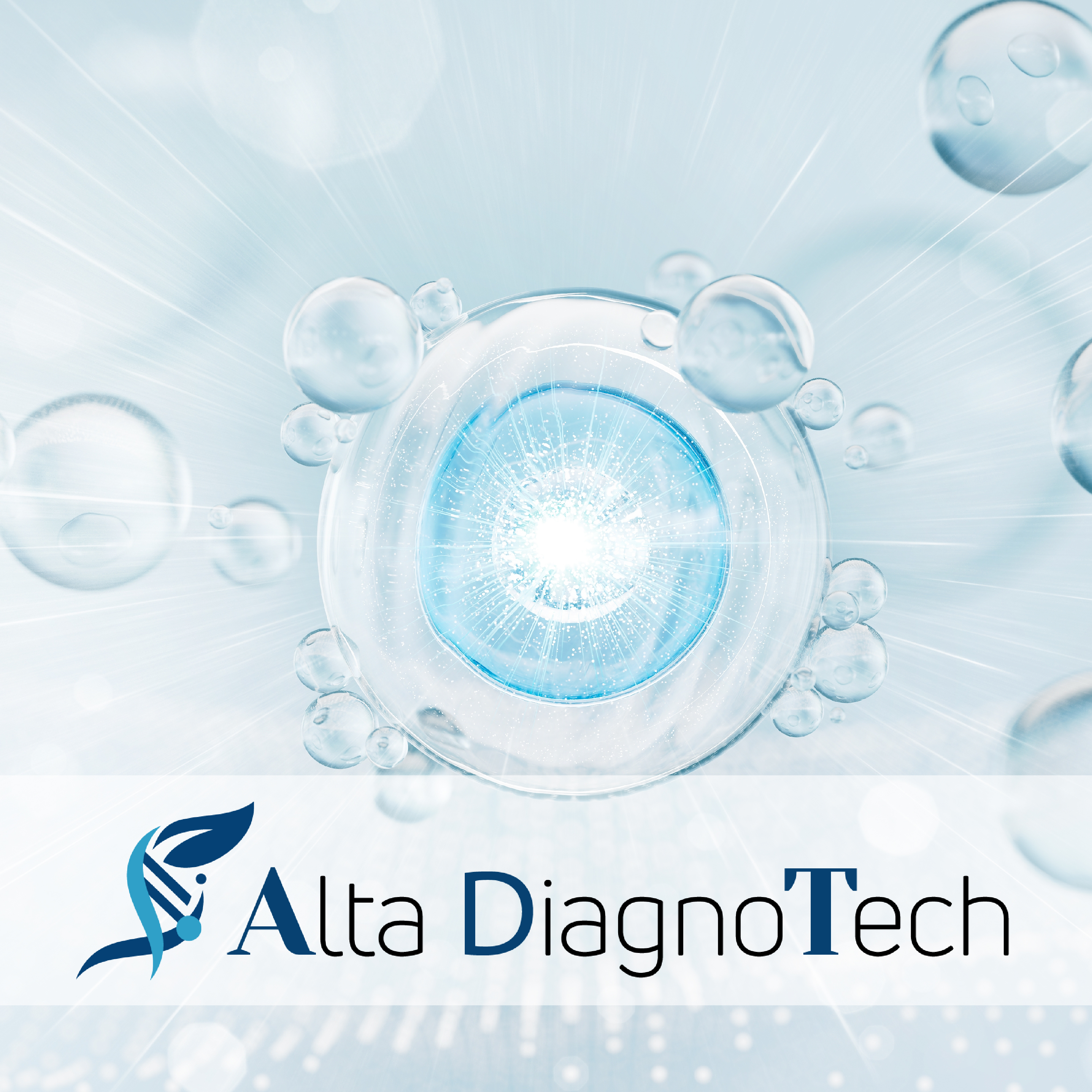In modern biomedical research, accurate and sensitive detection of drug concentrations in biological matrices is critical for understanding drug pharmacokinetics (PK), pharmacodynamics (PD), and toxicological profiles—all of which directly inform preclinical and clinical study design, therapeutic efficacy evaluation, and safety risk assessment. Traditional drug detection methods, such as high-performance liquid chromatography (HPLC) or gas chromatography-mass spectrometry (GC-MS), often require complex sample pretreatment (e.g., protein precipitation, liquid-liquid extraction), large sample volumes (typically ≥50 μL), and specialized operational expertise, making them less suitable for high-throughput research scenarios or studies with limited sample availability (e.g., pediatric or small animal models).
Against this backdrop, there is an urgent need for bioanalytical tools that balance simplicity, sensitivity, and compatibility with multiple biological sample types. Our Whole Blood, Serum, Plasma Single Drug Assay Kit (Cat.No: CD-00141) is developed to address these unmet needs. It is engineered specifically for researchers working in pharmacology, toxicology, translational medicine, and clinical pharmacology, providing a reliable solution for quantifying target drugs in complex matrices like whole blood, serum, and plasma.
Key drivers behind the development of this kit include:
Growing demand for streamlined workflows: In academic labs and pharmaceutical research teams, time and resource constraints require assays that minimize hands-on time. This kit eliminates the need for labor-intensive sample preprocessing, allowing researchers to focus on data analysis rather than sample preparation.
Need for multi-matrix compatibility: Drug distribution in the body varies across blood components—whole blood reflects total drug (bound + unbound), while serum/plasma focuses on the unbound fraction (often more pharmacologically active). A kit that works across these matrices eliminates the need to purchase separate assays for different sample types, reducing research costs and ensuring consistency in detection methods.
Regulatory and reproducibility requirements: Modern research demands data that is traceable, reproducible, and meets quality control standards. This kit is designed with a defined cut-off (500 ng/mL) and optimized protocols to ensure inter-experiment and inter-lab consistency, supporting compliance with research best practices.
Adaptability to diverse research goals: Whether studying drug metabolism in animal models, monitoring drug levels in clinical research samples, or evaluating drug-drug interactions, this kit provides a flexible tool that can be integrated into various research pipelines without extensive method modification.
Broad Sample Compatibility: Designed to work seamlessly with whole blood, serum, and plasma samples—eliminating the need to invest in multiple kits for different sample types and enabling researchers to analyze drug concentrations across key blood-derived matrices with a single assay.
Defined Detection Cut-Off: Features a clear cut-off value of 500 ng/mL, providing a standardized threshold for quantifying target drugs. This clarity helps researchers quickly determine whether drug concentrations fall above or below clinically or experimentally relevant levels, simplifying data interpretation.
User-Friendly Operation: Requires minimal specialized technical expertise, with a straightforward protocol that reduces hands-on time. No complex sample pretreatment (e.g., extensive centrifugation, solvent extraction) is needed, making it accessible to both experienced researchers and lab personnel new to drug assay techniques.
Stable Storage and Transportation: Can be stored at 4-30°C and transported at room temperature, eliminating the need for cold-chain logistics. This stability reduces the risk of assay degradation during shipping or storage, ensuring consistent performance even in labs with limited refrigeration capacity.
High Sensitivity for Targeted Detection: Optimized to detect specific drug components in complex biological matrices, ensuring that even low-abundance drug molecules (near the 500 ng/mL cut-off) are reliably quantified. This sensitivity supports studies where drug concentrations may be low but biologically significant (e.g., post-metabolism or low-dose administration scenarios).
Ready-to-Use Format: Comes pre-assembled with all necessary reagents for 25 tests, reducing the need for in-lab reagent preparation and minimizing the risk of human error during setup. Researchers can start the assay immediately upon receiving the kit, accelerating research timelines.
Cost-Effective Research Solution: By supporting three major sample types (whole blood, serum, plasma) in one kit, it reduces the total cost of ownership compared to purchasing separate assays for each matrix. Additionally, the 25-test format is sized to meet the needs of small to medium-scale research projects, avoiding waste from oversized kits.
Time-Saving Workflow Integration: Cuts down on sample preparation time by eliminating complex pretreatment steps. Researchers can process samples and initiate detection quickly, freeing up time for other critical research tasks (e.g., data analysis, experimental design) and accelerating overall project progress.
Enhanced Data Reliability: The kit’s optimized formulation and standardized protocol minimize variability between experiments. This reliability ensures that results are reproducible—whether tested in the same lab on different days or across different research teams—strengthening the validity of research findings.
Flexibility for Diverse Research Objectives: Adapts to a wide range of research applications, from preclinical drug metabolism studies in animal models to preliminary clinical research investigating drug levels in human samples. Its versatility makes it a valuable tool for pharmacology, toxicology, and translational medicine labs with varied research focuses.
Low Logistical Burden: Room-temperature transportation and a 4-30°C storage range simplify inventory management and shipping. Labs in regions with limited cold-chain infrastructure can use the kit without compromising performance, expanding its accessibility to global research teams.
Reduced Risk of Experimental Error: The pre-optimized reagent mix and clear protocol reduce the chance of mistakes during setup (e.g., incorrect reagent ratios, missed steps). This advantage is particularly valuable for labs with high sample throughput or rotating personnel, ensuring consistent assay performance regardless of operator experience.



